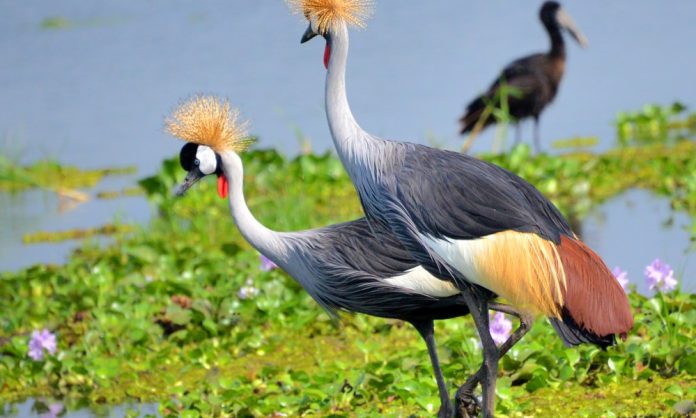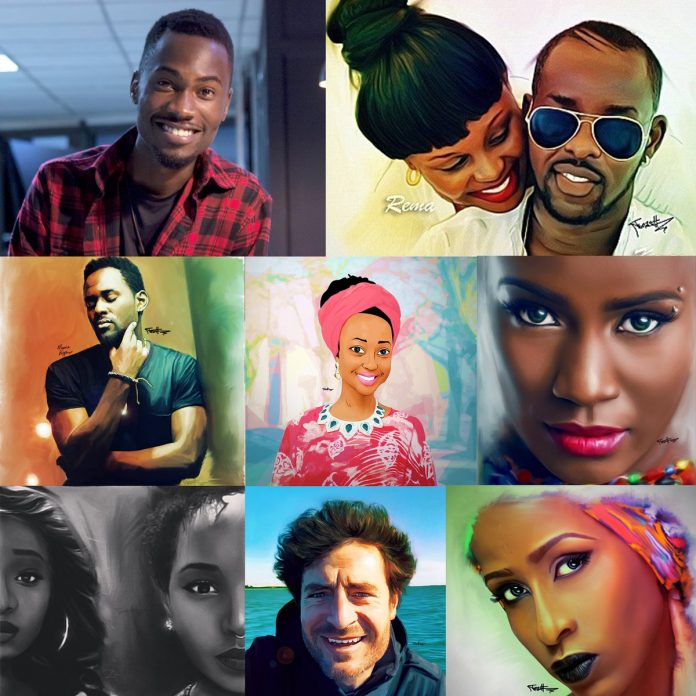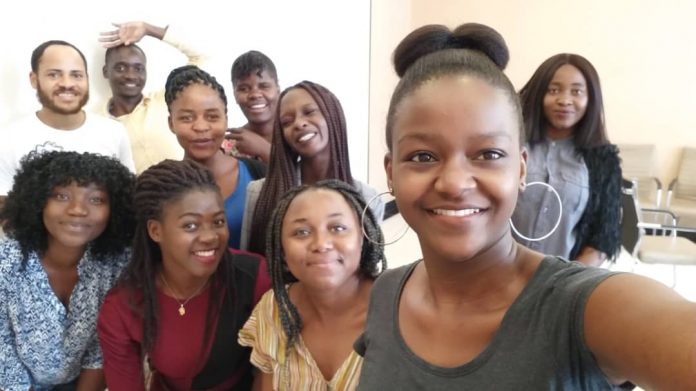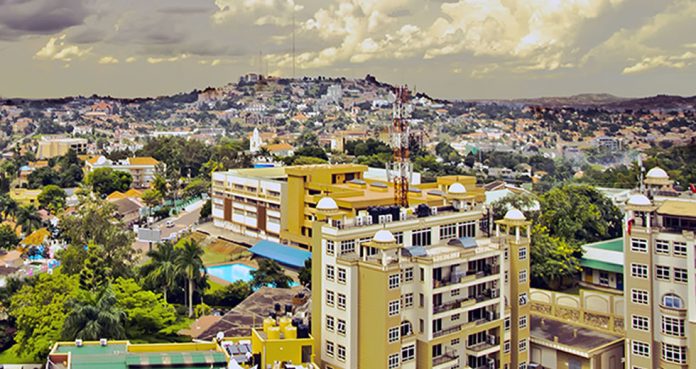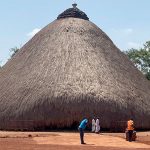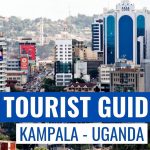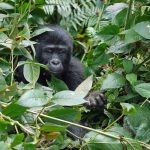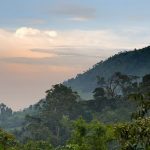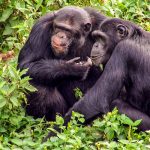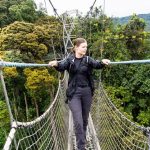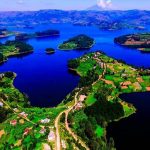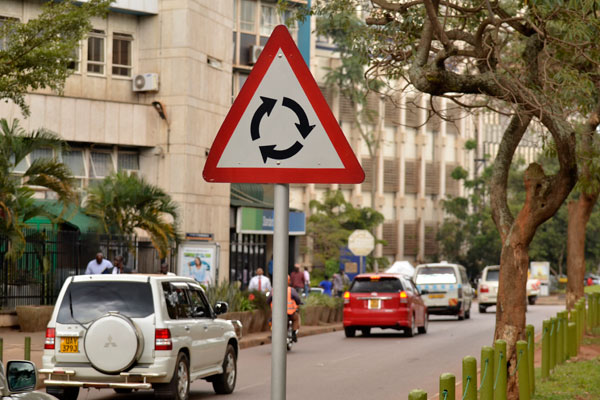Arnold Mugasha, a Ugandan aerial photographer, is one of the very few talented dronists in the country. He’s known on Instagram as shotbymu. His aerial captures are just stunning, and we, like many, remain completely blown away by his unique drone views of Uganda. We spent an evening with him to know more about his passion for aerial photography.
How Arnold started
It started about 3 years ago when Arnold was watching BBC Planet Earth, a nature documentary TV series by the British Broadcasting Corporation. Two episodes specifically inspired him. The first being the one that captured hyenas chasing wildebeests and the second which went globally viral, where newly-hatched marine iguana made its way to the sea, after a gauntlet race with over 20 snakes.
“The way these scenes were being shot, looked movie-like yet they were actually real life scenes. This cinematic shooting of everyday animal life got me thinking and that’s when I decided to go to YouTube and started learning about drones as well as the camera crew photographers of BBC Planet Earth.” Arnold recalls.
Arnold then started saving some money to purchase his first drone a DJI Mavic Pro, one of the first bold moves he made at a young age of 24. This cost him UGX 4.7 million (about USD$ 1300). He bought it in December 2016.
Tukikole neera #tbt . . . . . . . . . . . . . . . #africa #travel #4tographyea #travelgram #travelphotography #earthpix #thisisuganda #vscouganda #vsco #uganda #wanderlust #aov #aerial #fromwhereidrone #instatravel #dronephotography #sunrise #dynamicafrica #aerial #agameoftones #moodygrams #afriquette #drone #adventure #traveldiary #worldplaces #dji #mavicpro #dronestagram
A post shared by Arnold M (@shotbymu) on
The first challenges he countered
Possession of a drone back in 2016 was not the same as possessing a normal camera to use for photography. It involved a lot of clearing with customs, understanding recognized fly zones and no fly zones which failure to understand, could result into indefinite confiscation of the drone by the Civil Aviation Authority, intelligence and Police for security reasons.
“When I got my first drone, I was very cautious. I did a lot of research that involved moving to police stations and Civil Aviation Authority to understand the fly zones and laws governing drones. Lucky enough as I established later, there are no laws restricting ownership of a drone by a citizen if you are using it in unrestricted fly zones like private establishments.” Arnold explains.
The Baha’i House of Worship, Kampala one of 8 around the world and the only one in Africa . . . . . . . . . . . . . . . #africa #travel #4tographyea #travelgram #travelphotography #earthpix #thisisuganda #sunset #vscouganda #vsco #uganda #wanderlust #aov #aerial #fromwhereidrone #instatravel #dronephotography #dynamicafrica #aerial #agameoftones #moodygrams #afriquette #drone #adventure #traveldiary #worldplaces #dji #mavicpro #dronestagram
A post shared by Arnold M (@shotbymu) on
The real trouble he has encountered
It happened at the Ziwa Rhino Sanctuary, the only place in Uganda where you can see rhinos in the wild. Arnold had arrived late the previous night and had not gotten acquainted with the rules of the sanctuary. When he started flying the drone early the next morning, all hell broke loose.
“All of a sudden, I saw game rangers come running to me (with guns). I was very scared. At first, they thought I was a poacher ready to take me down since rhinos being listed as among the most threatened species, are highly protected. It took hours of explanations and showing them my identifications proving that am not a poacher that they finally let me go and warned me not to do that again.” He remembers.
His best highlights as an aerial photographer
At first, he fails to pick his best, a thing that proves he puts in a lot everytime he decides to be behind the drone remote. After about 15 seconds of thinking however, he zeroes down to a few.
“I think Kabale is one of my best highlights. When I visited Lake Bunyonyi, it was one of the most breathtaking scenes I have ever seen and taken. The second I can point out is Murchison Falls along River Nile where I also shot Chobe Safari Lodge. These scenes are very magnificent.” Arnold says.
Lakeside chills . . . . . . . . . . . . . . . #KoiKoiNY #ShellDoMore #africa #travel #4tographyea #travelgram #travelphotography #earthpix #thisisuganda #vscouganda #vsco #uganda #wanderlust #aov #aerial #fromwhereidrone #instatravel #dronephotography #dynamicafrica #aerial #agameoftones #moodygrams #afriquette #drone #adventure #traveldiary #worldplaces #dji #mavicpro #dronestagram
A post shared by Arnold M (@shotbymu) on
Turning passion into business.
At first, Arnold used to fly drones out of passion. When people started recognizing his amazing aerial shots, they started hiring him to shoot their projects providing rare opportunities to travel across the country.
“My drone is now attached to my company registered as Shot by Mu Ltd. One of my first paid jobs was in June 2017 when a team flew in from India to do a documentary about Bidi Bidi refugee settlement in West Nile. They were looking for a dronist and that is when I met them and tagged along.” Arnold explains.
Arnold now established a website (shotby.mu) where he documents all his works that support him in sharing his work to potential clients. In future, he plans on building a team and move beyond just a one person team.
Highlander . . . . . . . . . . . . . . . #africa #travel #4tographyea #travelgram #chobexperience #travelphotography #earthpix #thisisuganda #sunset #vscouganda #vsco #uganda #wanderlust #aov #aerial #fromwhereidrone #instatravel #dronephotography #dynamicafrica #aerial #agameoftones #moodygrams #afriquette #drone #adventure #traveldiary #worldplaces #dji #mavicpro #dronestagram
A post shared by Arnold M (@shotbymu) on
Looking ahead
Arnold has over 8 years experience in the creative industry working as a multimedia designer dabbling in graphic design, animation and illustration, so camera work is the latest addition to his skills. He is not about to let this end. 4 years from now, he plans on big things for the Shot by Mu brand.
“3 or 4 years from now I don’t want to have a typical day time job. I want to focus on Shot by Mu and make it a fully fledged production house that will be shooting on movie sets, documentaries and telling nature stories about Uganda that you rarely see on TV. In short, I want to be living life doing what I am passionate about.” Arnold explains.
The photographers he looks up to in Uganda and beyond
To be good at anything, you have to learn what your peers in that field are doing and be inspired. Besides his liking for BBC Planet Earth photographers, Arnold has learnt how to be a better photographer through mastering what his peers are doing in Uganda and East Africa.
“ In Uganda, I look up to William Kane, Aaron Kajumba and Kreativ Adikt. In Africa and beyond, I look up to Truthslinger, Tobi Shinobi and Osborne Macharia. These keep me pushing forward.” He says.
“You miss one hundred percent of the shots you don’t take”- he concludes

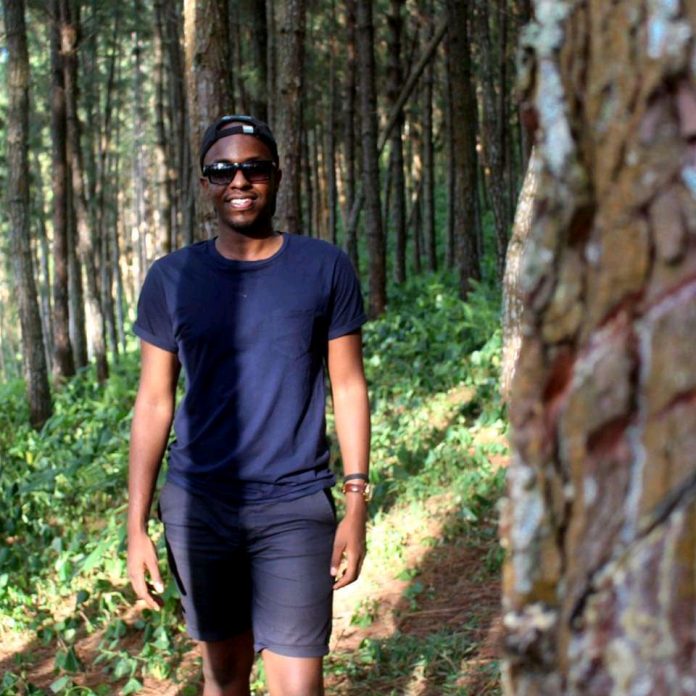


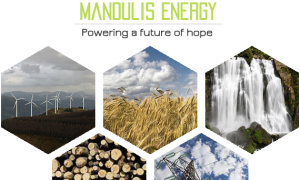 In entrepreneurship, the term disruptive innovation tends to be almost automatically attributed to software startups, and/or the impact that their innovation has in the lives of people or in the ways that businesses operate.
In entrepreneurship, the term disruptive innovation tends to be almost automatically attributed to software startups, and/or the impact that their innovation has in the lives of people or in the ways that businesses operate.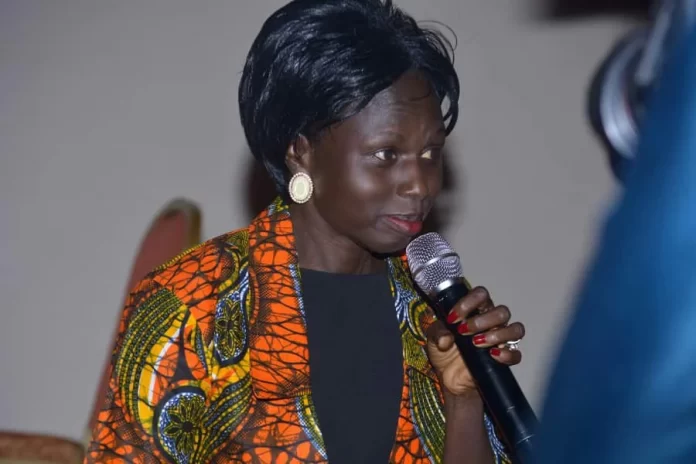
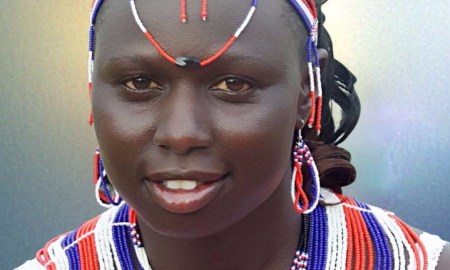 Betty is passionate about transforming lives through community engagement. She offers support to orphans, widows and needy people through a group called Noble Women.
Betty is passionate about transforming lives through community engagement. She offers support to orphans, widows and needy people through a group called Noble Women.